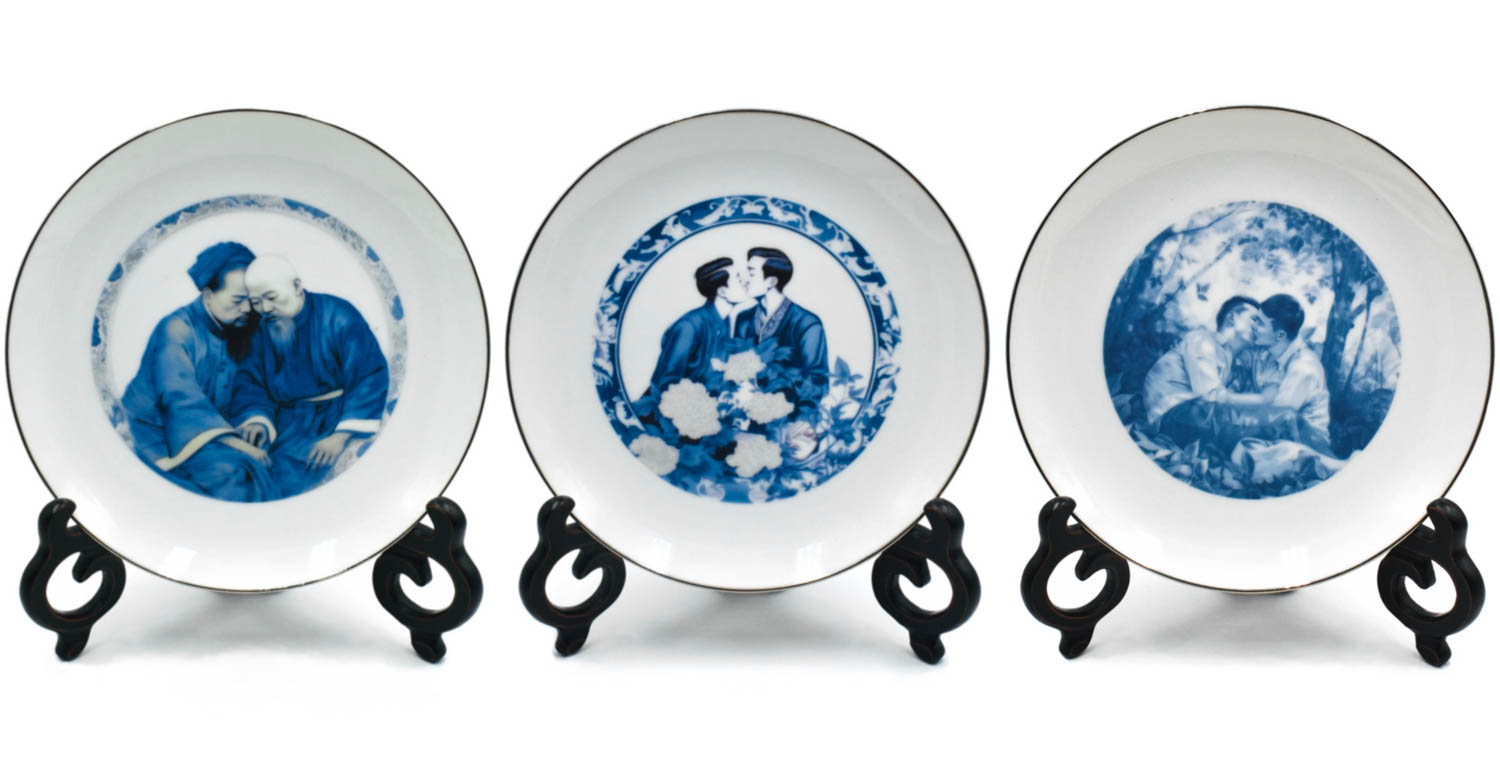Contract Textiles Report: Are Sample Books Still the Key?
When it comes to researching and specifying textiles—including fabrics, fibers and upholstery—what are the prioritites for interior designers and architects? Interior Design worked with the Association for Contract Textiles (ACT) to survey over 500 industry pros on the types of fabrics they specify, as well as what resources they use to find them. The standout take away? Ultimately, designers have to hold physical samples in their hands or it’s not happening.
What types of textiles will rule the future?
How many brands do designers consider before specifying?
Researching textile products is a big deal. Designers say they consider an average of 5 brands before making a final decision. 20 percent consider 7 or more brands. So the average designer does some legwork to find just the right product.
What resources do designers use to find the right product?
Only 21 percent of designers currently use peg walls (that number drops to 15 percent for designers younger than 35), and 56 percent see them as becoming even less important in the next 3 years. Digital search, unsurprisingly, is used by 71 percent of designers, and 3 out of 4 believe it will be more important
three years from now.
|
What helps vendors beat the competition? |
|
|
Provides quick sampling |
83% |
|
Responds quickly to issues |
82% |
|
Timely product delivery |
76% |
|
Offers competitive prices |
67% |
|
Has an easy to navigate website |
61% |
|
Sales reps shows product expertise |
59% |
|
Has quality sales reps |
58% |
|
Error free product delivery |
56% |
What’s the top resource?
Digital search still can’t compare to good ol’ product samples. 86 percent of designers use sample books in their research. And when we broke specification down to a three-step process in the survey, you can see how research quickly transforms from ones-and-zeroes to something you can hold in your hand:
| Step 1: Research Products • General Internet search (71%) • In-house library (62%) • Manufacturer websites (57%) • Product samples (52%) • Manufacturer reps (40%) |
Step 2: Choosing Brands • Product samples (62%) • In-house library (57%) • Manufacturer websites (50%) • Manufacturer reps (49%) • Showrooms (38%) |
Step 3: Final Specification • Product samples (75%) • Manufacturer reps (46%) • In-house library (41%) • Showrooms (34%) • Manufacturer websites (32%) |
Are libraries still relevant?
As easy as the internet can be, in-house libraries are still crucial resources, according to our survey (83 percent say so). 8 out of 10 firms maintain a library, and a third have a resource librarian or dedicated staff overseeing and maintaining it. 65 percent of designers say they use the library at least once a week, 37 percent several times a week.
How are libraries changing?
The ongoing efficiency (and encroachment) of the internet will affect what libraries will carry in the future. Physical samples that designers expect libraries to phase out in the next 3 years: Wallcovering (42 percent), soft flooring (38 percent), hard surfaces like tile and stone (38 percent). Only 18 percent, however, expect libraries to phase out textile samples.
What information or features are critical to designers when searching a vendor’s web site?
Designers are saying that even when they use a digital source for research, the speed at which they can transform information on a screen into something they can touch is a major factor. 40 percent of designers visit manufacturer’s websites at least once a week (24 percent several times a week). What’s most important to designers when using a vendor’s site? Product specs and price rank first and second, which allows a designer to decide if they need number three: A sample request or ordering option.
Here’s one last sampling stat to help hammer the idea home. When asked, aside from product design, which service factors are most important to designers when considering whether or not to specify from a given vendor, the number one answer (83 percent) was “Provides quick sampling.” That’s how it currently works: Designers may see it first on a computer screen. But if they think a textile product has promise, they want it in their hands—literally—as quickly as possible.
More:
Inside the Million Dollar Business of K&B
Study Says Designers Control the Outdoor Market
2013 Top 100 Giants: Focus on Health Care


